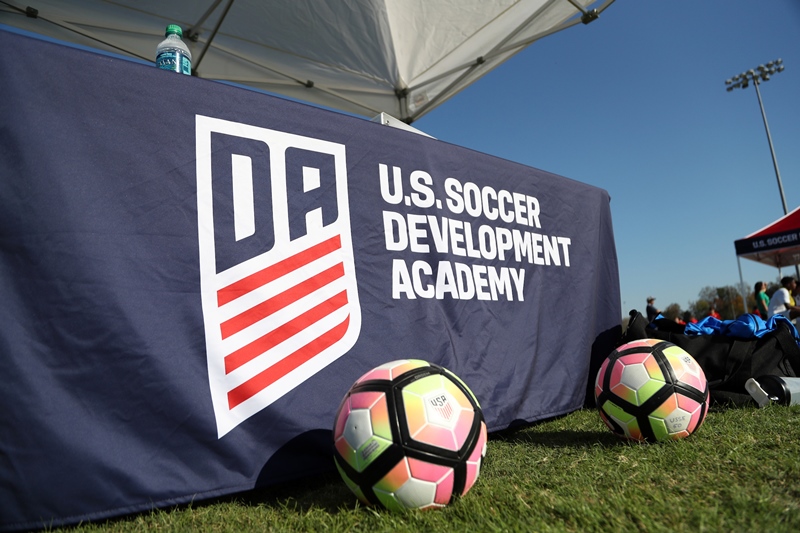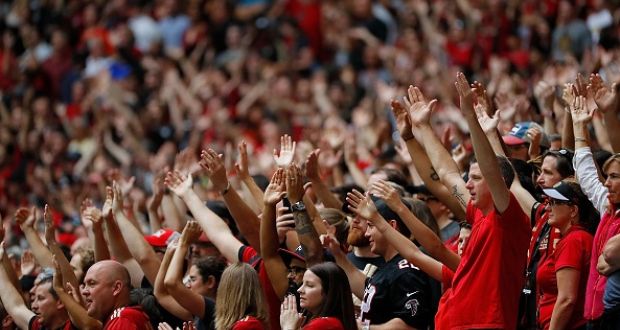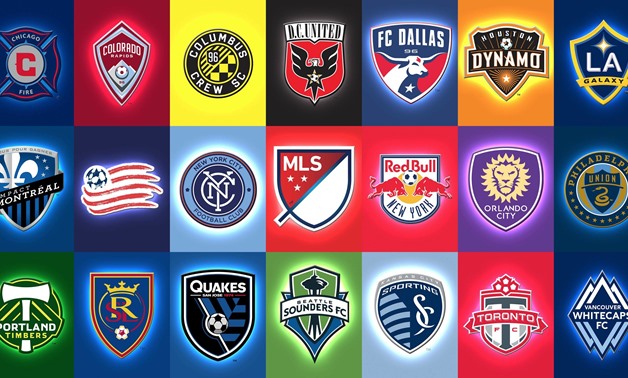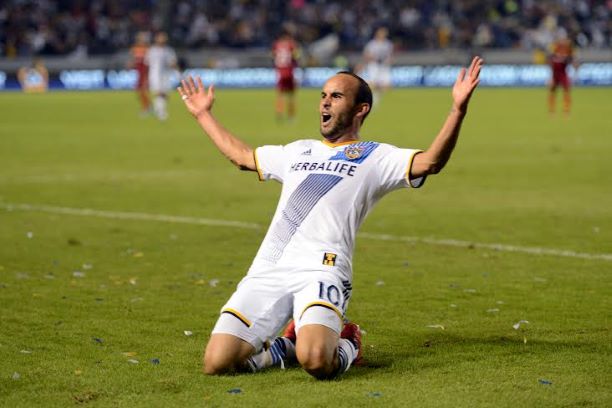New York City and the Rebirth of Supporter Culture: The Football Factory
New York City and the Rebirth of Supporter Culture: The Football Factory
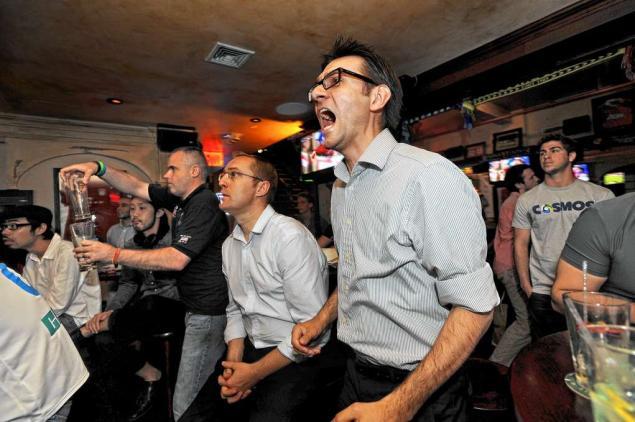
New York City and the Rebirth of Supporter Culture: The Football Factory
Continuing on from yesterday’s piece on the development of supporter groups in New York City, today we focus on one of the people responsible for that germination . Here’s Jonathan Williamson on Jack Keane and the Football Factory.
The Football Factory is one massive windowless room with a capacity of around 500. The majority of light comes from 20 flat screen televisions casting a glow on the brown tile floor. Front and center, the room is devoid of tables and chairs, a tip of the cap to “terraces,” standing room only sections of soccer stadiums typically occupied by the most boisterous fans. Small circular tables line the room’s right and left flanks. Around 100 scarves, 50 jerseys, and innumerable soccer pictures, posters and pennants fight for space on the crowded walls. Opposite the staircase is a modest bar with two rows of taps. The man behind the bar is the self-proclaimed “king” of this soccer oasis, and a key player in importing soccer’s fan culture to New York City.
His name is Jack Keane and during games, he wears a black polo shirt with The Football Factory’s logo embroidered over the right breast and his initials, JDK, on the right sleeve. The 45-year-old Irishman stands six feet tall. His hair, gray on the sides and thin on top, is cropped close. He buzzes behind the bar, taking orders, serving drinks, stealing the occasional glance at the television and sprinkling soccer knowledge on conversations taking place around him.
As soon as Keane opens his mouth, it’s apparent soccer is the compass by which he navigates life. He’s an academic on the subject, claiming to own more than 200 soccer-related books. Keane possesses a range of knowledge allowing him to pivot comfortably from lecturing on the 1954 World Cup Final – The “Miracle of Bern” in which West Germany defeated a heavily favored Hungary 3-2 – to the social undercurrents of the Derby du Rhone, a game pitting French mining town Saint-Etienne against their white-collar neighbors in Lyon.
Keane’s knowledge is matched only by the ardor with which he approaches his post as The Football Factory’s “director of football operations.” When discussing the bar’s upcoming schedule of games, he uses coach speak like “the most important game is always the next one” and “believe the hype.” If a game is on television, Keane is behind the bar. His schedule often puts him at work as early as 6 a.m. because of the time difference between the U.S. and Europe. He rarely takes a day off. The unyielding hours are part of a guarantee he’s given to New York City supporters clubs.
“If you want to watch a fucking football match, I don’t care where you’re from, or what time it’s on, I will be there for you. That’s what I do,” said Keane. “What fuels the game are the people in the stands, and what fuels me are the people walking down here to watch games.”
In 1993, Keane, a native of Ballybunion, Ireland, moved to New York City out of what he calls “curiosity.” Shortly after arriving, he began work as a DJ and bartender at Nevada Smiths on 11th Street in the East Village. Keane took to the U.S. and New York City instantly, but was shocked by Americans’ lack of reverence for soccer.
“I took it really personally,” he said. “The game I’d grown up with, and really loved since I was a kid: zero respect, zero coverage. No one knew anything about it.”
Determined to weave the soccer into New York City’s sports tapestry, Keane pledged he would not show anything else at Nevada Smiths during his shifts. The problem: there wasn’t much to show. In the early 90s, only one or two games a week were available live in the U.S. via Setanta Sports, an Ireland-based cable channel. Keane arranged for Nevada Smiths to receive the feed and broadcast the games. He didn’t stop there. Keane taped the games and replayed them on a loop. Many patrons didn’t appreciate the soccer inculcation.
“People would come in and say, ‘What the hell is that crap? Get that communist, fairy stuff off the TV,’” said Keane. “I used to get verbally abused. It used to get almost to the point of physical abuse.”
Keane recalls a man reaching over the bar and grabbing his shirt, angry at being forced to watch a videotaped soccer game at a bar in New York City. Keane was undeterred by the jeers. He said that by 1996, the crowds for live games had grown to about 40 people, mostly expats with a smattering of Americans. Then came what Keane calls “the watershed moment,” the 1996 FA Cup Final, Liverpool against Manchester United. An estimated 200 soccer fans filled Nevada Smiths to capacity.
“I have to give credit to Jack because he put his heart and soul into it and made it what it was,” said Tom McCarthy, former co-owner of Nevada Smiths.
While it would be months before Nevada Smiths saw a crowd that size again, the word began to spread. As more people filtered into the bar, groups of like-minded fans started coalescing and forming supporters clubs.
Be sure to check back in tomorrow, and the rest of the week for that matter, for more on the rebirth of supporter culture in New York City. Tomorrow’s topic? The impact supporter groups can have on a person’s life outside of the turnstiles. Jonathan Williamson is a recent graduate of Columbia’s School of Journalism, and you can follow him on Twitter at @JonoWilly. Comments below please.


